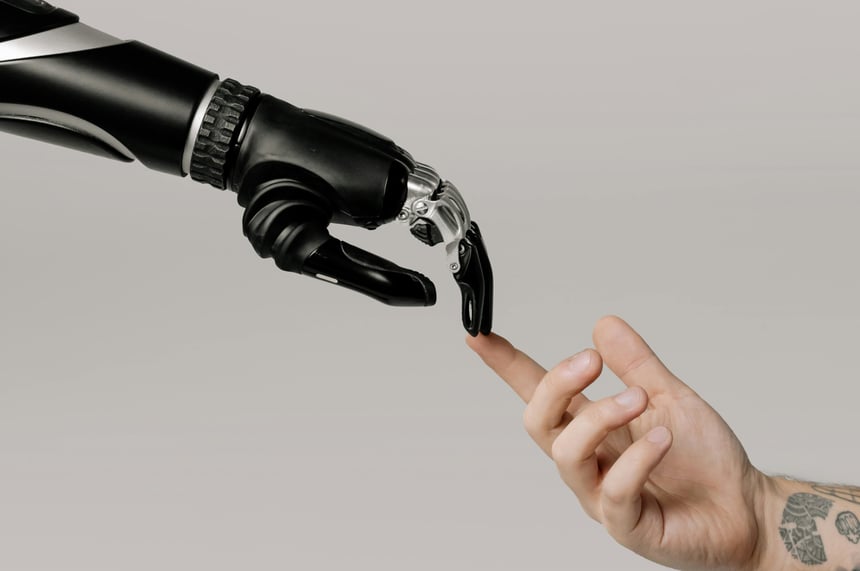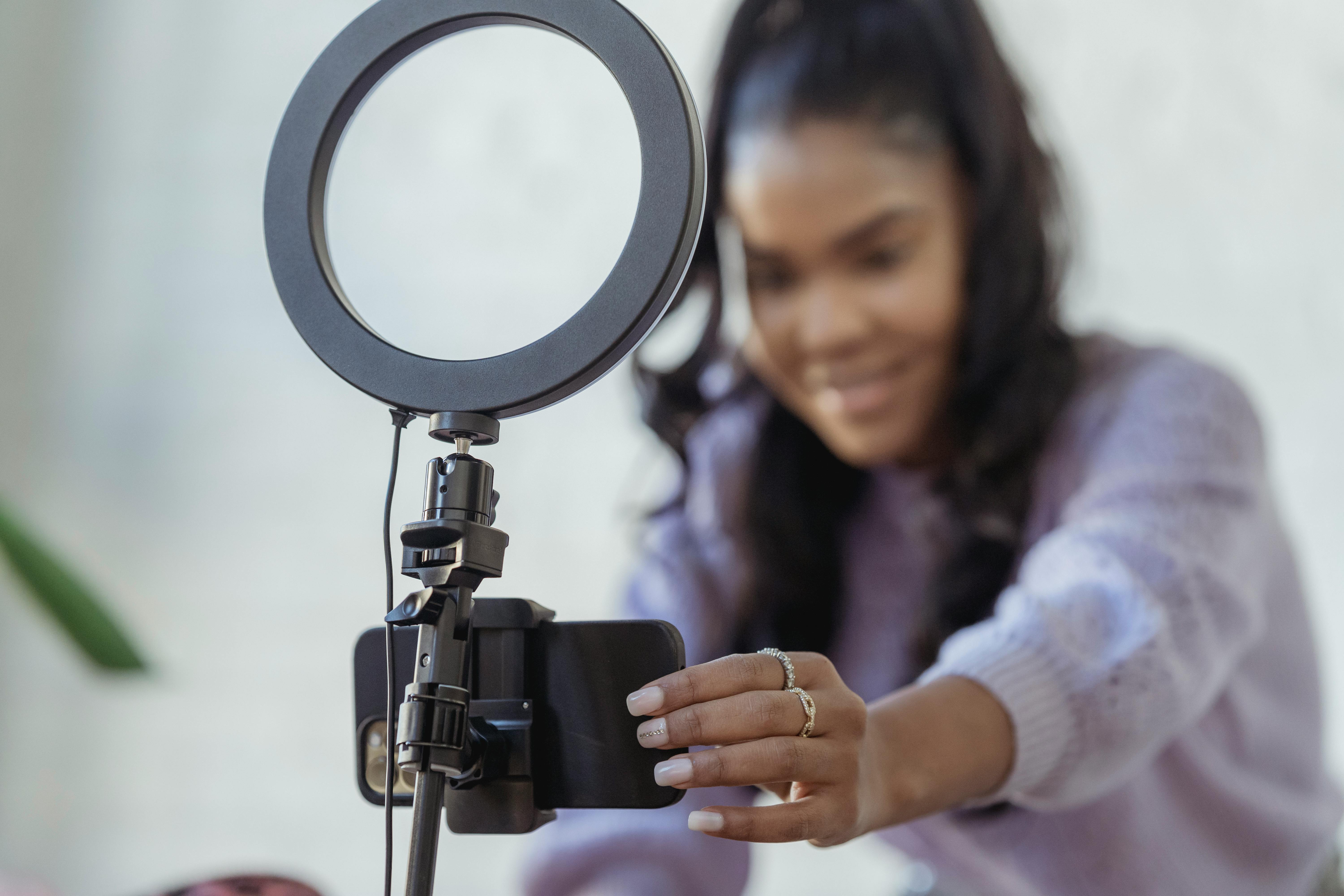As a brand, you’re already an expert at what you do. While there’s always room for improvement, you sell a solid product or service that solves real problems—but so do your competitors. While it’s possible to compete on product features, pricing, and service, immersive experiences set apart memorable brands. In fact, 80% of consumers say they’re more likely to buy from brands that offer personalized, engaging experiences.
In an age of digital-first marketing, nothing’s more important than building an immersive customer experience. Whether through augmented reality goggles or tech-enabled in-person events, experience is a must-have differentiator.
It might sound like a woo-woo fad, but immersive brand experiences make the difference between marketing success and failure. Learn why brand immersion is so important and follow our expert strategies for designing immersive brand experiences for your customers.

Why Brand Immersion Is a Must-Have
Have you ever wondered why chatting with some brands feels like talking to a best friend, while others are just names in the wind? That’s the secret power of brand immersion. Investing in immersive marketing experiences comes with so many benefits, including:
- Skipping the line: Your audience lives in a world of ad overload. But immersive brand experiences cut through the noise, offering an experience that’s much more than a sales pitch. Instead of simply capturing eyes, you’re capturing hearts and minds.
- Audience connection: Has a brand made you laugh, cry, or jump for joy? That's immersion at its finest. It's about creating a story that resonates on an emotional level, turning customers from passive viewers into active participants. It's like they're part of your brand's journey, and who doesn't love a good adventure?
- Meeting expectations: Consumers are always looking for something more. They don’t just want products; they crave stories, experiences, and belonging. With immersive branding, you simultaneously meet consumers’ expectations and raise the bar.
- Boosting your reach: What’s memorable is what’s shareable. Create immersive experiences and watch your brand become the talk of the town, whether that’s on media outlets or TikTok.
Creating an immersive audience experience takes more effort, but these benefits are too good to pass up. If you want audience engagement, loyalty, and a future-proof marketing strategy, immersive experiences are key.
Six Strategies for Immersive Brand Experiences in 2024 and Beyond
If immersive experiences were easy, more brands would do them. However, all it takes is a sprinkle of creativity and strategy to pull off a stunning experience that stays with your audience for years. Follow these tips to set your brand apart with the power of immersive brand experiences.
1. Create New Realities With VR and AR
Step into the shoes, or rather, the headsets of your customers with virtual reality (VR) and augmented reality (AR). It's like giving them a magic wand to experience your brand in a whole new dimension. Imagine shopping with AR that lets customers try products in their own space, or VR adventures that transport them to worlds crafted from your brand’s imagination. It’s not just about looking; it's about living the brand story, one virtual step at a time.

2. Build Personalized, AI-Driven Experiences
We live in an era where one size doesn’t fit all. It’s all about personalization, powered by the magic of artificial intelligence (AI). Imagine a world where your brand can whisper into the ear of each customer, offering them a unique, tailor-made experience that feels like it was crafted just for them.
Brands are still figuring out how to mobilize AI, but here are a few ideas to get you started:
- Personalized product recommendations
- Customized content delivery
- AI-powered virtual assistants
- Dynamic email marketing
- Predictive customer service
- Personalized virtual events, where the content adapts in real-time based on interaction and feedback
3. Craft Memorable Moments With Event Marketing
Digital interactions are great, but nothing can replace meeting your customers in real life. Instead of planning stuffy, salesy events, create true experiences that get your customers talking.
For example, Kit Kat’s “No Wifi Zone” promotions foster face-to-face interaction. Outdoor gear company Globetrotter created a clever store installation with freezing cold fitting rooms that put the brand’s products to the test. Did we mention the fitting rooms were -22 degrees? That’s bound to get a few people talking.
You don’t have to freeze out your audience, but you should think outside the box here. Consider gifting attendees relevant promotional products after the event so they can relive the excitement long after the event ends.
4. Make It Omnichannel
Whether it’s social media, email, or your website, folks expect to be able to contact your brand just about anywhere. That means your brand needs to be everywhere, but that’s no small feat for resource-strapped marketing departments.
Omnichannel marketing campaigns are the answer. With this approach, you create unified marketing messaging across all platforms, but still customize messaging for each platform so you don’t sound tone-deaf. Consistent messaging can increase revenue by up to 23%, so don’t overlook the power of staying true to your message.
Imagine a world where a customer can start their journey on one channel, like social media, and seamlessly transition to another, like your website or physical store, without missing a beat. It’s about creating a fluid, interconnected experience that flows like a river, where every interaction is smooth and natural. Plus, the right software makes it a cinch to create omnichannel experiences without a lot of hands-on effort.

5. Think Outside the Blog
Creative content and storytelling are must-haves for immersive brand experiences. We have nothing against blogs, of course, but full immersion also requires outside-of-the-box thinking. Follow these tips to revamp your content:
- Don’t tell the black-and-white facts about your business or product. Instead, lean into the emotions and stories behind your brand. Take the lead from brands like Chipotle.
- Create multimedia content like long-form YouTube videos, Instagram Stories, infographics, and more to tell your story in different ways.
- Share the burden of content creation with influencers or through user-generated content. For example, if you’re a sneaker brand, ask customers to post a photo of your product on social media with the hashtag #ShareYourSneaks.
6. Measure Success
Return on investment (ROI) is everything in marketing. It can take a few months to see the difference in your metrics, but measuring the success of immersive campaigns is the best way to tell what is and isn’t working. You can do this with tools like:
- Web analytics
- Heatmaps
- Email marketing analytics
- A/B tests (also called split tests)
- Social media analytics
Craft Tomorrow’s Brand Experiences Today
From VR helmets to multimedia content, there are so many ways for brands to create memorable, immersive experiences that get people talking. Remember, in the world of marketing, it isn’t just about being heard, but felt. Take an immersive, experiential approach to marketing to create moments and memories that resonate on a deeper level with your audience.
It’s one thing to have an idea, though, and another thing entirely to pull it off. Brands in search of innovative, forward-thinking experiences partner with Boundless to create unforgettable Brand Love moments. See our work in action: Learn how Boundless helped Wing Stop create a boxed experience that netted 1.9 million impressions.





Comments (0)